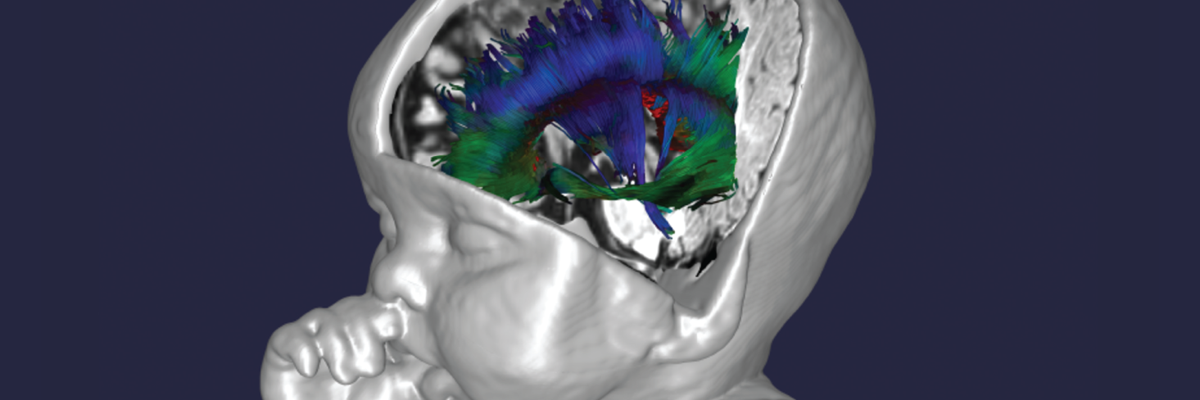
The Emergence of Network Inefficiencies in Infants with Autism Spectrum Disorder
Autism Spectrum Disorder (ASD) is a developmental disorder defined by behavioural features that emerge during the first years of life. Research indicates that abnormalities in brain connectivity are associated with these behavioural features.
Read More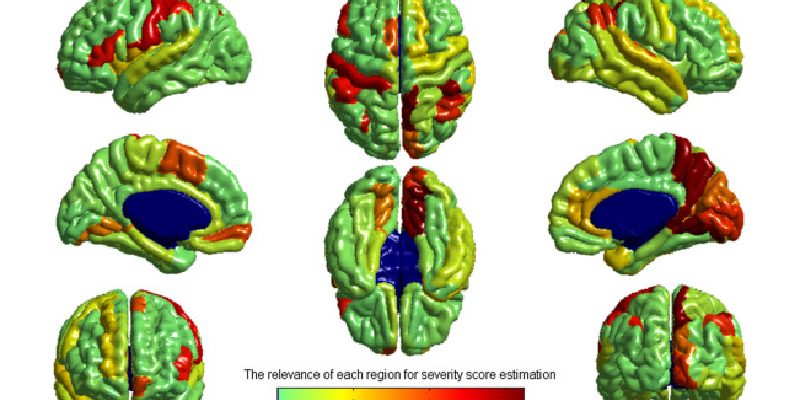
Predicting symptom severity in autism spectrum disorder based on cortical thickness measures in agglomerative data
Machine learning approaches have been widely used for the identification of neuropathology from neuroimaging data. However, these approaches require large samples and suffer from the challenges associated with multi-site, multi-protocol data. We propose a novel approach to address these challenges, and demonstrate its usefulness with the Autism Brain Imaging Data Exchange (ABIDE) database.
Read More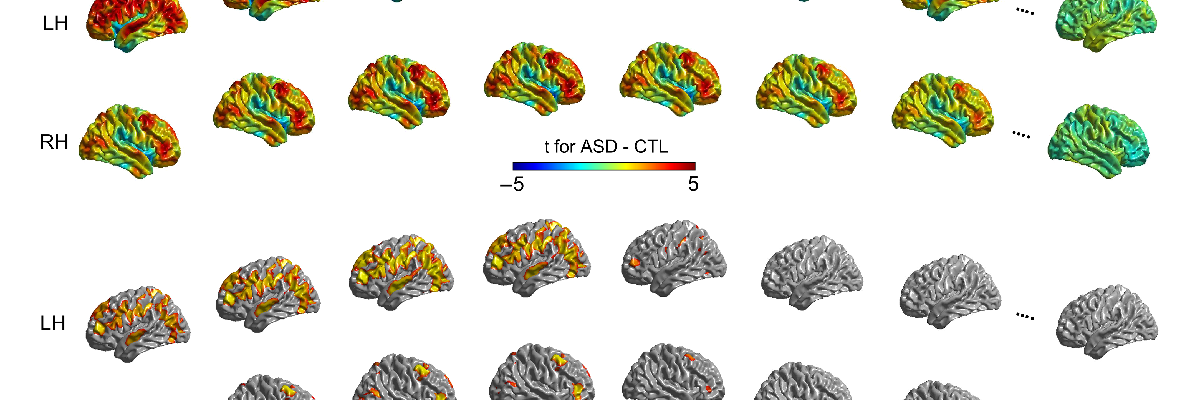
Cortical Thickness Abnormalities in Autism Spectrum Disorders Through Late Childhood, Adolescence, and Adulthood: A Large-Scale MRI Study
Neuroimaging studies in autism spectrum disorders (ASDs) have provided inconsistent evidence of cortical abnormality. This is probably due to the small sample sizes used in most studies, and important differences in sample characteristics, particularly age, as well as to the heterogeneity of the disorder. To address these issues, we assessed abnormalities in ASD within the Autism Brain Imaging Data Exchange data set, which comprises data from approximately 1100 individuals (~6-55 years).
Read More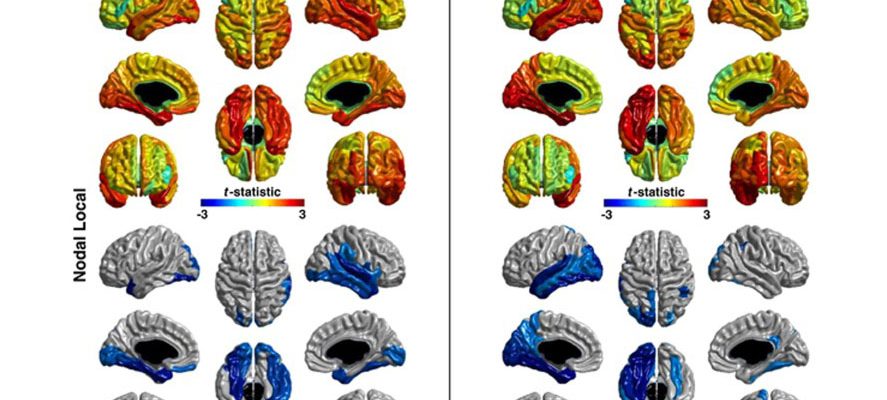
Network inefficiencies in autism spectrum disorder at 24 months
Autism spectrum disorder (ASD) is a developmental disorder defined by behavioral symptoms that emerge during the first years of life. Associated with these symptoms are differences in the structure of a wide array of brain regions, and in the connectivity between these regions. However, the use of cohorts with large age variability and participants past the generally recognized age of onset of the defining behaviors means that many of the reported abnormalities may be a result of cascade effects of developmentally earlier deviations.
Read More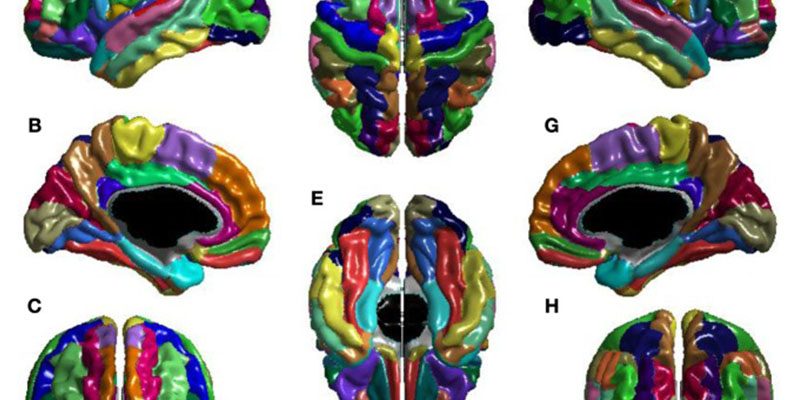
Network efficiency in autism spectrum disorder and its relation to brain overgrowth
A substantial body of evidence links differences in brain size to differences in brain organization. We have hypothesized that the developmental aspect of this relation plays a role in autism spectrum disorder (ASD), a neurodevelopmental disorder which involves abnormalities in brain growth. Children with ASD have abnormally large brains by the second year of life, and for several years thereafter their brain size can be multiple standard deviations above the norm.
Read More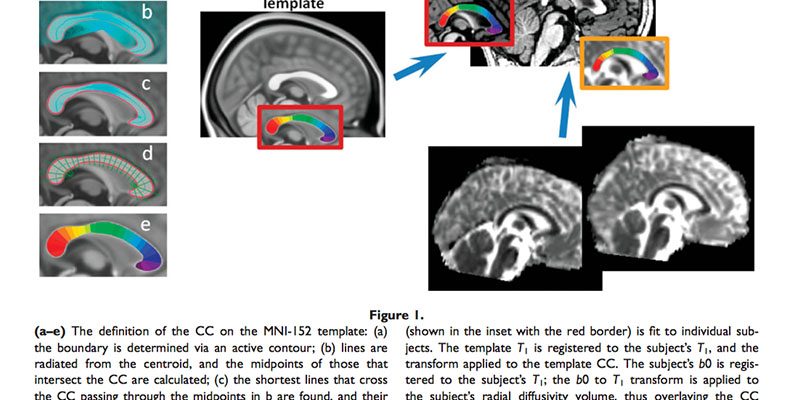
Callosal fiber length and interhemispheric connectivity in adults with autism: brain overgrowth and underconnectivity
Typical adults show an inverse relation between callosal fiber length and degree of interhemispheric connectivity. This has been hypothesized to be a consequence of the influence of conduction delays and cellular costs during development on axonal pruning, both of which increase with fiber length. Autism spectrum disorder (ASD) provides a test of this hypothesis: Children with ASD are known to have enlarged brains; thus, adults with ASD should show reductions in interhemispheric connectivity proportional to their degree of brain overgrowth during development.
Read More
